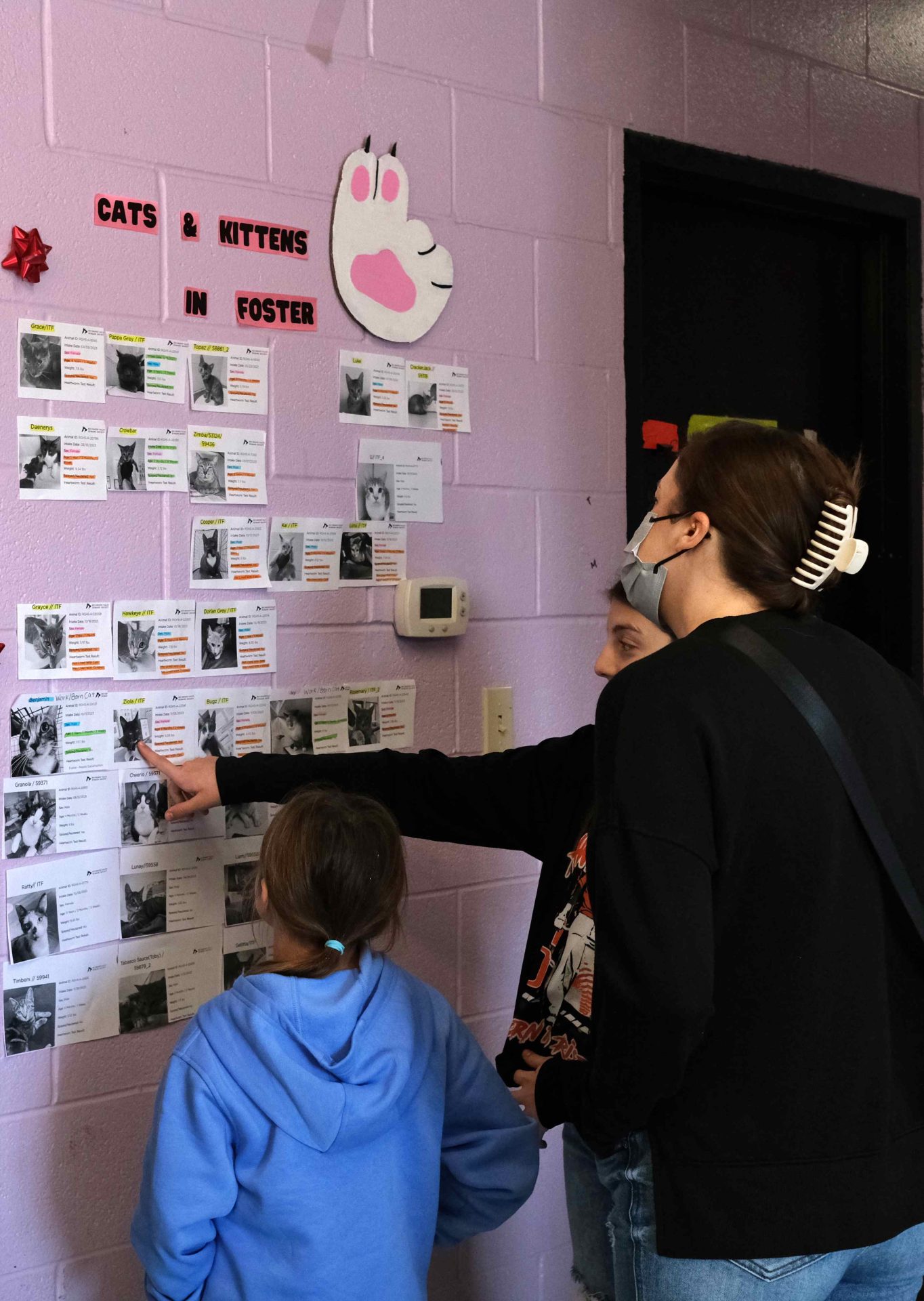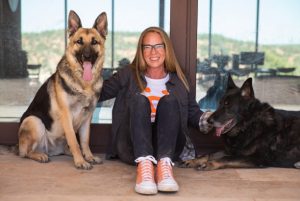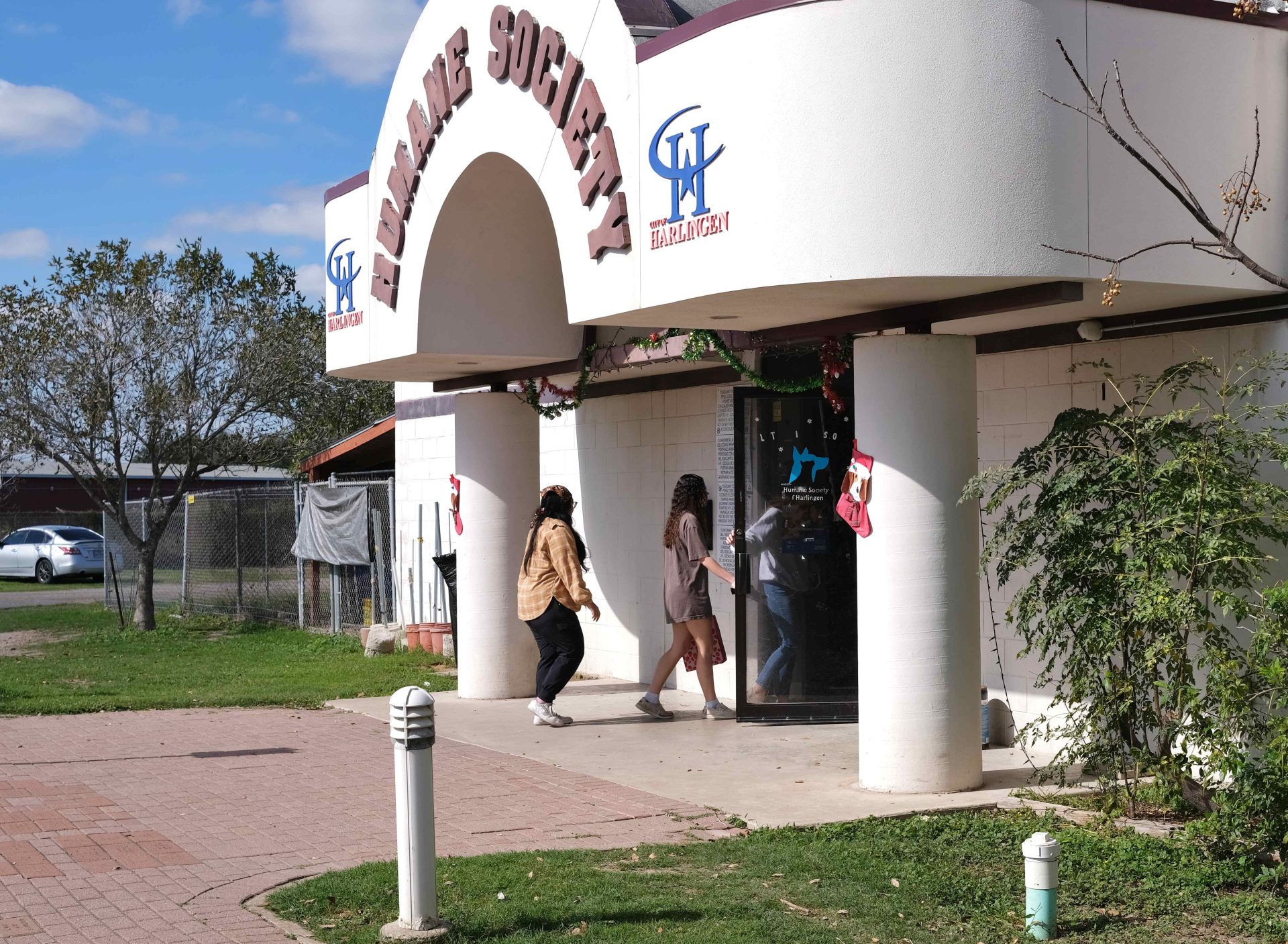|
Only have a minute? Listen instead
Getting your Trinity Audio player ready...
|
In 2022, 14,000 dogs and cats were killed in the Rio Grande Valley’s animal shelters. How many of those were in the city of Harlingen’s no-kill shelter?
Zero.
Pause for a moment to let that sink in. Harlingen has been at the forefront of contemporary animal sheltering, inspiring other municipalities nationwide.
It wasn’t long ago that things were very different. In 2018, 70% of the dogs and cats that entered the then-Harlingen Humane Society were killed; 4,836 happy and healthy dogs and cats were killed simply because they didn’t have homes. Team members at the Humane Society of Harlingen (now the Rio Grande Valley Humane Society) recall the pain and trauma they experienced because of what they were forced to do when they were killing more than 400 adoptable dogs and cats each month.
The city should be celebrating this amazing progress, as they are a beacon of hope leading the rest of the Rio Grande Valley, but instead, the relationship between the city and the RGV Humane Society, which accomplished so much with very little, has ended with both organizations voicing displeasure about the other.
I wish the concerns could have been worked out privately, in a constructive manner that recognized the importance of communication and collaboration in creating a lifesaving community for the nation to emulate.
The city’s main concern appears to center on how their $400,000 contribution to the RGV Humane Society was spent as well as an objection over what the Humane Society spent on personnel services.
Let’s be honest here, folks: $400,000 is nowhere near enough to cover the costs of operating a contemporary lifesaving animal shelter. Animal services is a complex profession with specialized personnel rendering care to living creatures in a challenging environment.
The RGV Humane Society employed about four full-time and 20 part-time people making between $8.25 and $14 an hour, which averages about $18,000 a year per person for a total of $432,000. A director is compensated around $65,000 annually and a veterinarian at $160,000 for a grand total of $657,000. These expenses just cover the personnel needs and do not include the funding for food for the animals, medical care and all the supplies that are needed to operate a public facility.

Harlingen was paying about $100 per animal, which is less than a third of what most municipalities invest in their animal shelter, and in return they received robust, contemporary animal services that included the safe housing of lost pets, a return to home program, care for the sick and injured animals, emergency medical treatment, an adoption program and special events, a vital foster and volunteer program integral to lifesaving, spay, neuter and wellness services and all the other administrative and operational overhead functions that accompany offering services to the community.
The city also stated in their transparency alert social media post that the RGV Humane Society spent just under $20,000 on spay and neuter expenses compared to what they spent on personnel costs. It is important to acknowledge that the most expensive portions of sterilization procedures are the personnel costs of the veterinarian and staff who are performing the surgeries. The sutures, medicine and other medical supplies related to the procedures are part of that $20,000 expense line item. Therefore, it’s not accurate to conclude that very little was spent on spay and neuter services, especially considering that the RGV Humane Society performed more than 4,000 spay and neuter surgeries for shelter and community animals in 2023.
So, what now? It would be a travesty for the city of Harlingen to forsake their place in history and leadership in the Rio Grande Valley.
In a perfect world, the RGV Humane Society and the city of Harlingen would come back together, set aside differences and begin anew animal services for the city. They would agree on a realistic budget for what it takes to operate a contemporary animal shelter and pledge to work together rather than publicly airing concerns. In the absence of that happening, I urge the city to continue their commitment to lifesaving and appropriately fund their animal shelter so that the dogs and cats continue to leave the shelter alive, and Harlingen remains a beacon of hope for the Rio Grande Valley.
Julie Castle is CEO of Best Friends Animal Society in Harlingen.





